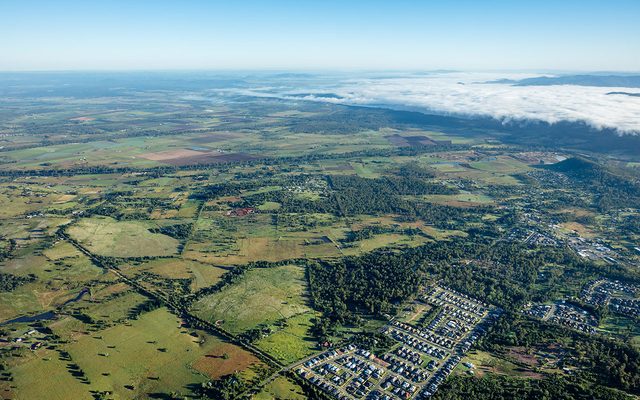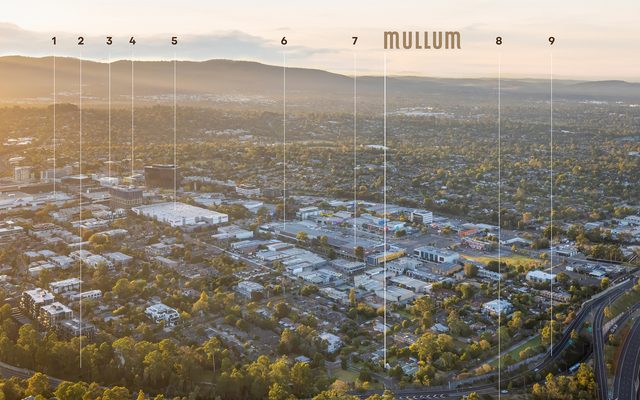This article is from the Australian Property Journal archive
AUSTRALIA’S home values continued to mount over April, with low supply driving prices in spite of high interest rates and inflation.
According to CoreLogic’s national Home Value Index (HVI), values were up 0.6% over the month for growth on par with both February and March gains.
Price gains over April added around $4,720 to the national median dwelling value, in the 15th month of growth. With Housing values are now up 11.1% or around $78,000 since the trough in January last year.
Perth saw the most significant levels of growth over the month, up 2.0% in April, followed by Adelaide at 1.3% and Brisbane at 0.9%.
“We aren’t seeing any signs of heat coming out of the Perth housing market just yet, in fact the quarterly pace of growth, at 6.0%, is approaching the cyclical highs seen during the pandemic when interest rates were at rock bottom,” said Tim Lawless, CoreLogic’s research director.
“On the other hand, we are seeing the pace of gains slow across the Brisbane market, easing below the 1% mark to 0.9% in April for the first time in 12 months. Affordability pressures may be impacting the pace of growth across the city, following a nearly $300,000 increase in values since the onset of COVID in March 2020, the largest dollar value increase of any capital.”
While Sydney was up 0.4%, Melbourne fell 0.1% after a 0.8% dip over the three months to January.
With Hobart up 0.3% Darin up 0.6%, Canberra up 0.2% and the combined capitals growing 0.6% and combined regions up 0.8%.
“The shift towards stronger conditions across lower value markets can also be seen between the housing types, with growth in unit values outpacing house values over the past three months,” added Lawless.
“Hobart was the only city where houses recorded a larger gain than units over the past three months.”
CoreLogic believes home sales have now moved through a cyclical peak in November 2023.
“Although the monthly trend in home sales is highly seasonal, the less seasonal six-month trend has remained relatively flat since the November rate hike,” said Lawless.
“Estimated sales over the past three months are tracking 8.6% higher than at the same time last year, and about 5.1% above the previous five-year average. However, it is likely a combination of worsening affordability and low sentiment will keep a lid on the volume of sales until interest rates start to track lower.”
The national rental market saw a 0.8% increase over April, down slightly from 0.9% in February and 1.0% in March.
“The slowdown in rental growth is likely to be partly seasonal, with the first quarter of the year generally coinciding with a lift in student demand and new leases at the beginning of the year,” said Lawless.
“Additionally, as we move through the peak in net overseas migration we could see rental demand gradually easing. Although rental growth may be tapering, supply remains extremely short and the trend towards smaller households seen through COVID has been slow to reverse, further amplifying rental demand. It is likely rental growth will remain well above average for some time yet.”




